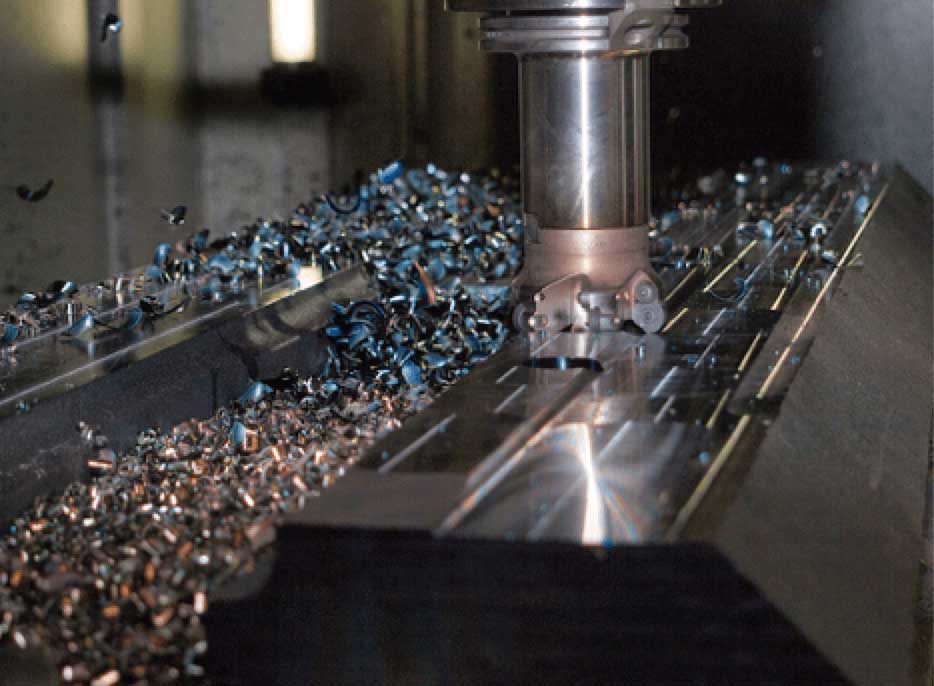 When you are designing your product, it’s crucial to give thought to all major aspects of your idea.
When you are designing your product, it’s crucial to give thought to all major aspects of your idea.
The nuances involved with designing a product aren’t always obvious until you take a long look at it from many angles. Below are 5 factors to think about when bringing your product to life.
Aesthetics
How your product looks is going to be one of the first and more obvious ways your customers will experience your product. You should be aware of the trending design styles in your industry and keep up to date on what the more successful products have done as for shape, texturing, overall appearance, and branding.

Function
Obviously, a product that doesn’t do its job well isn’t worth much. But have you thought about how easy it is to use for the average consumer? Will it weather the environmental stresses it encounters? Does it have a short life span? Just because your idea can solve a problem doesn’t mean it’s ready to take to the market quite yet. Try not to make your product overly difficult to understand and use.

Materials
What your product is made of should be determined by how and what it is used for. Does the product require a high tensile strength? Then you may need to be specific with the steel it’s made out of.
If it has to do anything with the food industry, then you may be required to use a certain grade of material depending on its use. Some certifications and registrations have a more extensive process than others.
In the same way, you don’t want to pick a material that is overly qualified for its use because this can lead to unnecessary costs. If you can use steel instead of titanium, it’s more efficient.

Manufacturability
Technology and automation have made great strides in expanding and simplifying the manufacturing process. However, not all production methods have the same capability. For instance, CNC machining can have a hard time making the undercut of an angle.
How easy your product is to make will greatly affect the cost to make it. An over designed product with many complicated features will require more time from the manufacturer to make it. These difficult dimensions can lead to higher scrap rates and longer machine run times which will most likely reflect in the cost to produce it and the lead time.

Packaging
Packaging will be the first way your customer experiences your product. It should aptly and clearly show your branding in a simple, easy to understand manner. Packaging with overly complex images and gaudy colors will more often than not turn people away from your product.

Having a plan for these areas will reduce frustration and pulled hairs.
Looking to move forward with your product design? Contact us here.
